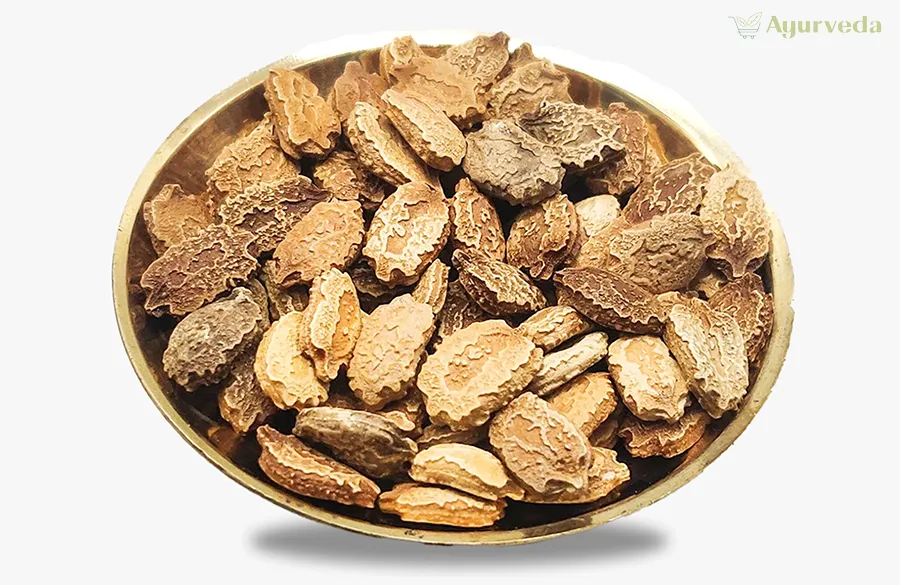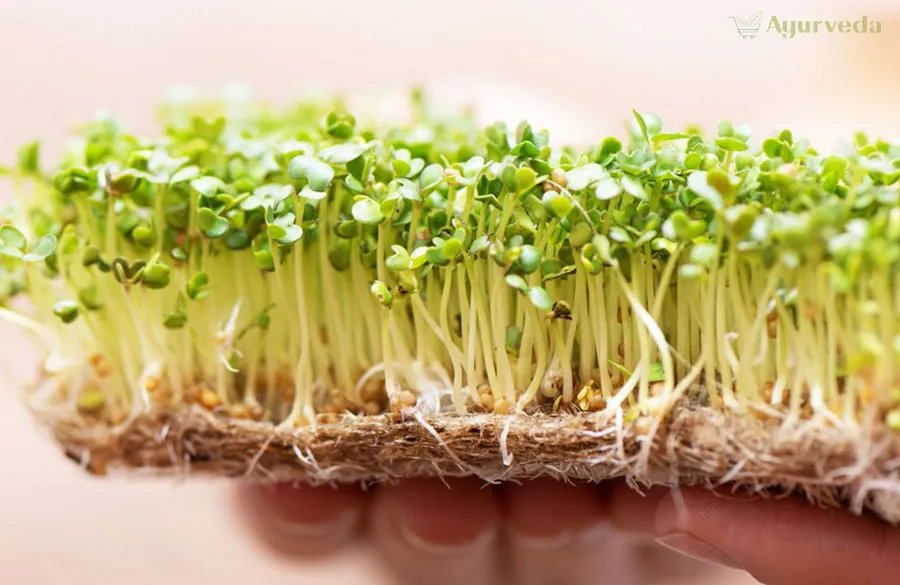
Exploring the Herbal Wonder: Makoy (Solanum nigrum)
- 29 Feb, 2024
Makoy is an annual herb that grows up to 1 meter in height, with a branching stem and small, star-shaped white flowers that give way to round, green berries that turn black when ripe. The leaves are dark green and deeply lobed, resembling those of the eggplant plant. It thrives in various climates and is commonly found in tropical and subtropical regions worldwide.
Traditional Uses
In Ayurveda, Makoy is known as "Kakamachi" and is valued for its bitter, astringent, and cooling properties. It is believed to balance the Vata and Kapha doshas and has been traditionally used to treat various ailments, including:
Liver Disorders: Makoy is considered beneficial for liver health and is used to treat jaundice, hepatitis, and liver enlargement.
Respiratory Issues: It is used to relieve cough, asthma, and bronchitis due to its expectorant and bronchodilator properties.
Skin Disorders: Makoy is used topically to treat skin conditions like eczema, acne, and wounds, thanks to its anti-inflammatory and antibacterial properties.
Digestive Disorders: It is used to improve digestion, treat constipation, and relieve abdominal pain and bloating.
Urinary Disorders: Makoy is used to treat urinary tract infections (UTIs) and kidney stones due to its diuretic properties.
Fever: It is used to reduce fever and alleviate associated symptoms like headache and body ache.
Precautions
While Makoy has many potential health benefits, it is essential to use it cautiously and under the guidance of a qualified healthcare provider, as high doses or prolonged use may cause adverse effects. Pregnant and breastfeeding women should avoid using Makoy.
Makoy, or Solanum nigrum, is a herb with a long history of traditional use and emerging scientific interest. While more research is needed to fully understand its benefits and risks, Makoy holds promise as a valuable medicinal herb.























